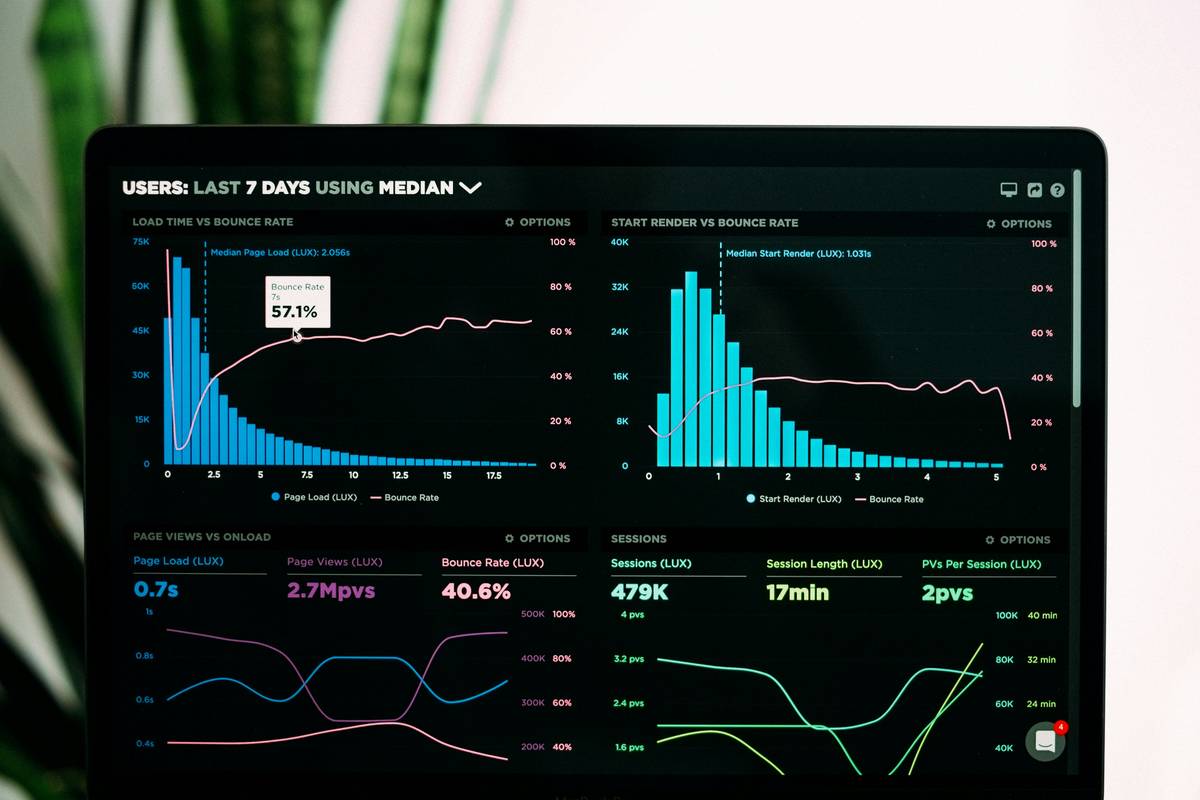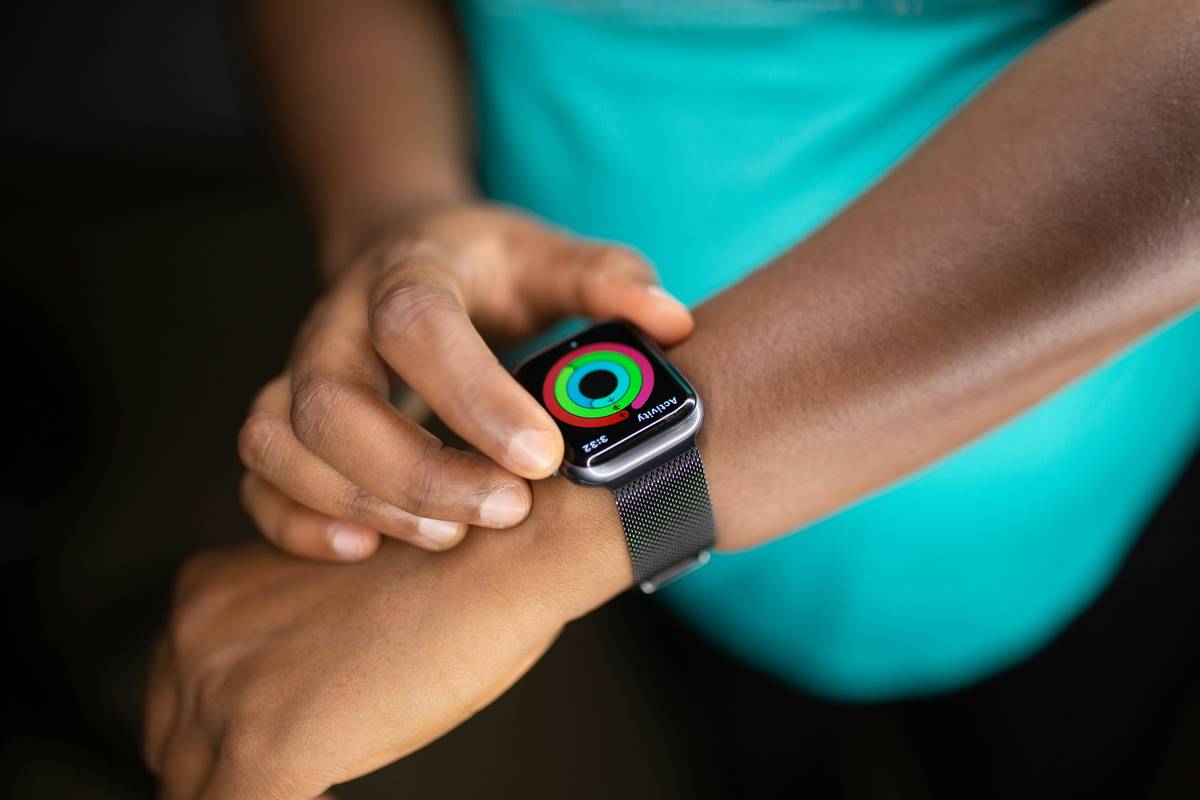Ever spent hours Googling “how to improve app metrics” only to end up with vague advice that sounds like it was written by a bot? Yeah, me too. It’s frustrating when you’re trying to optimize productivity apps for health and wellness but have no clue which research metrics tool actually works.
In this post, we’ll dive into the world of research metrics tools tailored for enhancing apps focused on productivity and well-being. You’ll discover what these tools are, how they work, and why one terrible tip about them might make you reconsider your life choices (kidding… or am I?). Get ready for actionable steps, confessional fails, and even a dash of nostalgia.
Buckle up—you’re about to become an expert in leveraging research metrics tools for maximum impact.
Table of Contents
- Key Takeaways
- Why Research Metrics Tools Matter
- Step-by-Step Guide to Using a Research Metrics Tool
- Best Practices for Maximizing Your Data
- Real-World Examples
- FAQs About Research Metrics Tools
- Conclusion
Key Takeaways
- Research metrics tools can revolutionize how you analyze app performance and user engagement.
- Not all tools are created equal—some require technical expertise while others are beginner-friendly.
- Avoid the “set-it-and-forget-it” mentality; continuous monitoring is key.
- Combine qualitative data (user feedback) with quantitative data (metrics) for holistic insights.
Why Research Metrics Tools Matter

Let’s be real: without proper tools, tracking whether users love or hate your app feels like guessing lottery numbers blindfolded. A good research metrics tool helps bridge this gap by providing actionable insights. For instance:
- User retention rates: Are people coming back after their initial download?
- Engagement levels: How often do users interact with key features?
- Conversion funnels: Where are potential customers dropping off?
Oh, and here’s a confession—I once ignored my app’s churn rate because I didn’t understand what it meant. Rookie move. The result? A 40% drop in active users within weeks. Lesson learned: ignorance isn’t bliss—it’s bankruptcy.
Niche swearing alert: This part of app optimization is chef’s kiss for drowning out guesswork.
Step-by-Step Guide to Using a Research Metrics Tool
Step 1: Define Your Goals
Optimist You: “Just pick any goal!”
Grumpy You: “Nope. Be specific. Want better retention? Improved feature usage? Say it loud.”
Step 2: Choose the Right Tool
Options abound—from Mixpanel to Hotjar—but ensure the tool aligns with your niche needs. Look for integrations, ease of use, and pricing transparency.
Step 3: Set Up Tracking Events
![]()
Create events tied to measurable actions, like button clicks or time spent on a page. Think of it as setting traps to catch valuable data rabbits.
Step 4: Analyze & Iterate
Don’t just collect data—interpret it. Find patterns, test hypotheses, and tweak accordingly. Sounds simple, right? Famous last words.
Best Practices for Maximizing Your Data
- Avoid the set-it-and-forget-it trap. Continuously monitor trends and anomalies.
- Prioritize actionability over complexity. Collect only what you’ll act on.
- Combine metrics with user feedback. Numbers tell part of the story; reviews fill in the blanks.
- Visualize everything. Graphs and charts > spreadsheets, hands down.
Real-World Examples

Meet Sarah, founder of “Mindful Moments,” a mindfulness app struggling with low daily active users (DAUs). By using Mixpanel as her research metrics tool, she identified friction points during onboarding. After tweaking the signup process, her DAU skyrocketed by 65%. Chef’s kiss moment achieved.
Moral of the story? Even minor tweaks backed by robust data can yield major wins.
FAQs About Research Metrics Tools
What makes a good research metrics tool stand out?
Ease of integration, customizable reports, and actionable insights differentiate the best tools from mediocre ones.
Can small businesses afford premium tools?
Many platforms offer free tiers or discounts for startups, so cost shouldn’t stop you from starting small.
Are there bad practices to avoid?
Yes! NEVER chase vanity metrics like sheer downloads without analyzing deeper engagement stats. That’s like bragging about having hundreds of empty calories at dinner.
Conclusion
From defining goals to iterating based on data, mastering a research metrics tool transforms how effectively you enhance your health, wellness, and productivity apps. Remember, though, not everything shiny will work for your unique scenario. So skip shortcuts and embrace consistent refinement.
To wrap it up with some spice: Like a Tamagotchi, your SEO—and app success—requires daily care. And if all else fails, grab another cup of coffee because hydration fuels brilliance.
Haiku bonus:
Data speaks clearly,
Listen closely, act wisely,
Success follows trust.


